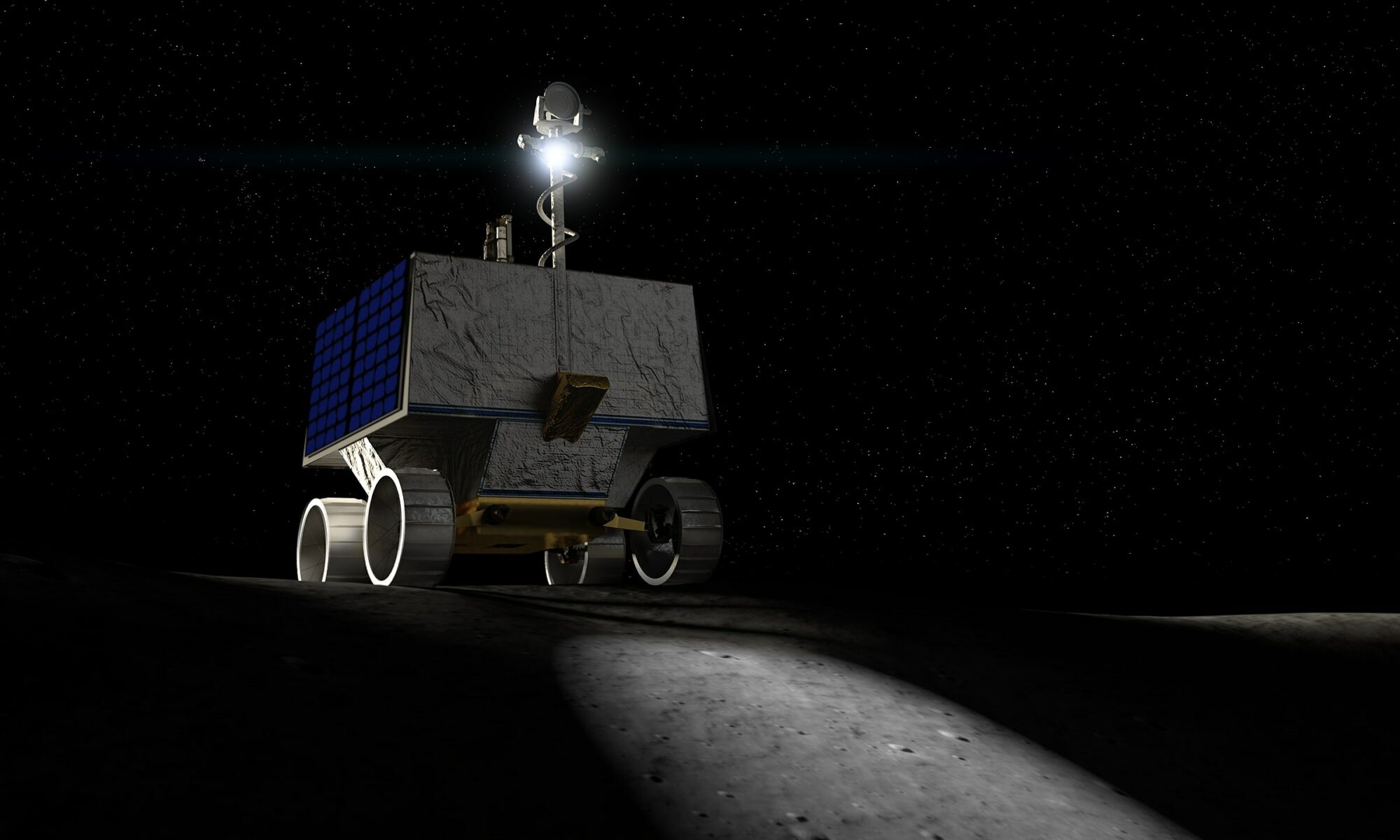This week, we participated in two playtesting opportunities: CMU Playtest Night and a visit from a middle school.
We had a total of 9 playtesters, with 6 people testing our game during the Playtest Night and 3 from the middle school visit. We provided them with a post-game survey to fill out after playing the game, covering aspects such as game mechanisms, controls, and environment structure.
According to the survey, only one of the middle school students does not have an experience with VR.
Playtest Night Feedback

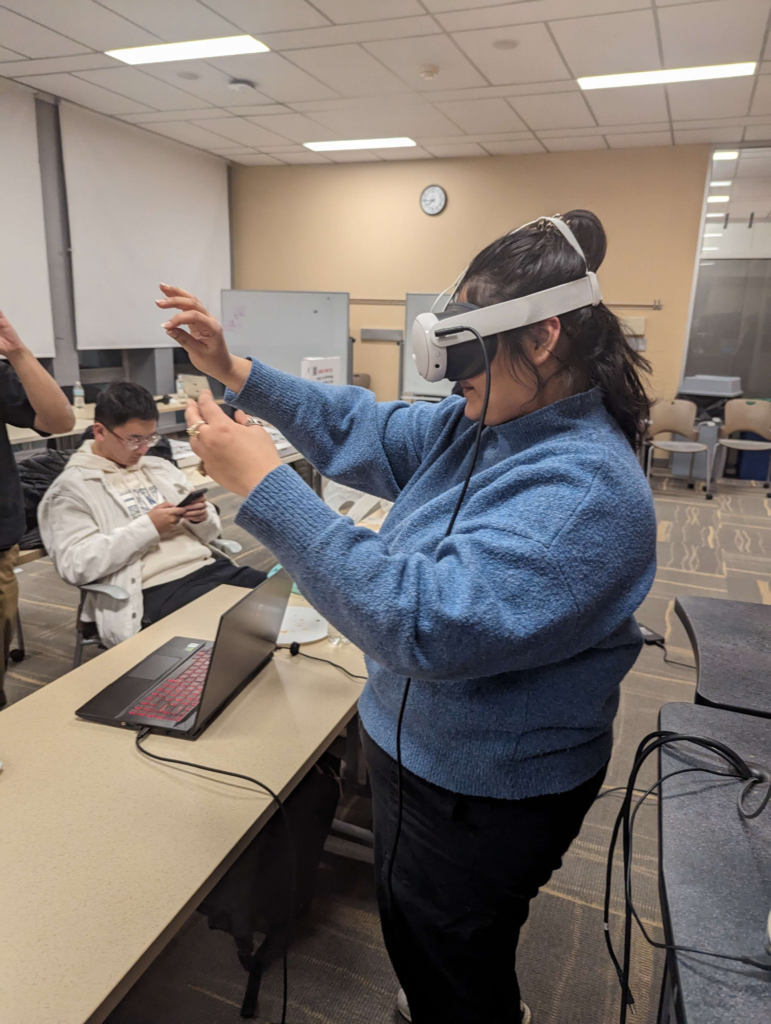
During the Playtest Night, we got feedback from our playtesters that the Griffin is very hard to find.
And comparing to the tilting system, they think the lever is harder to control, and the speed is so fast that they cannot tell if there is any changes happening when they are pushing the lever.
Iteration
We made adjustments to the Griffin, including the initiated position, the velocity, and the lever response.
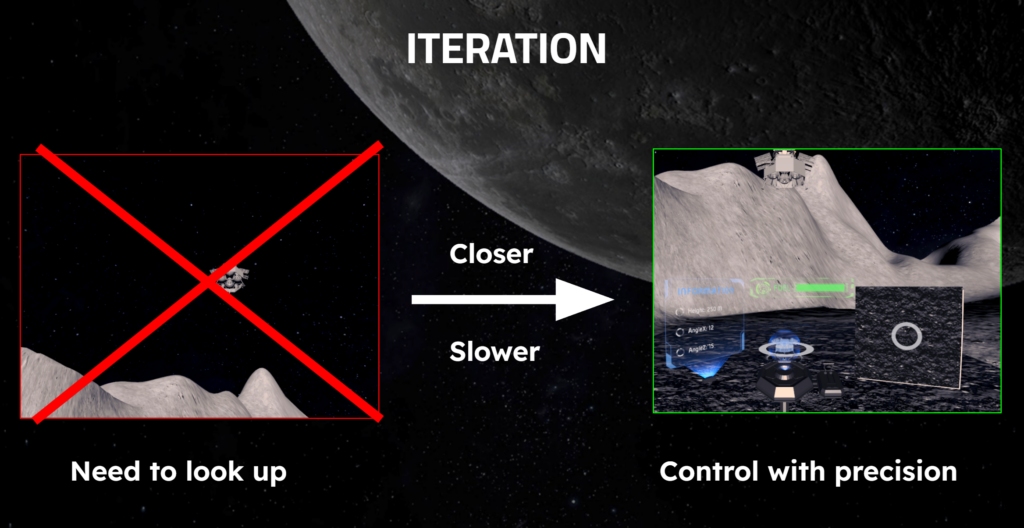
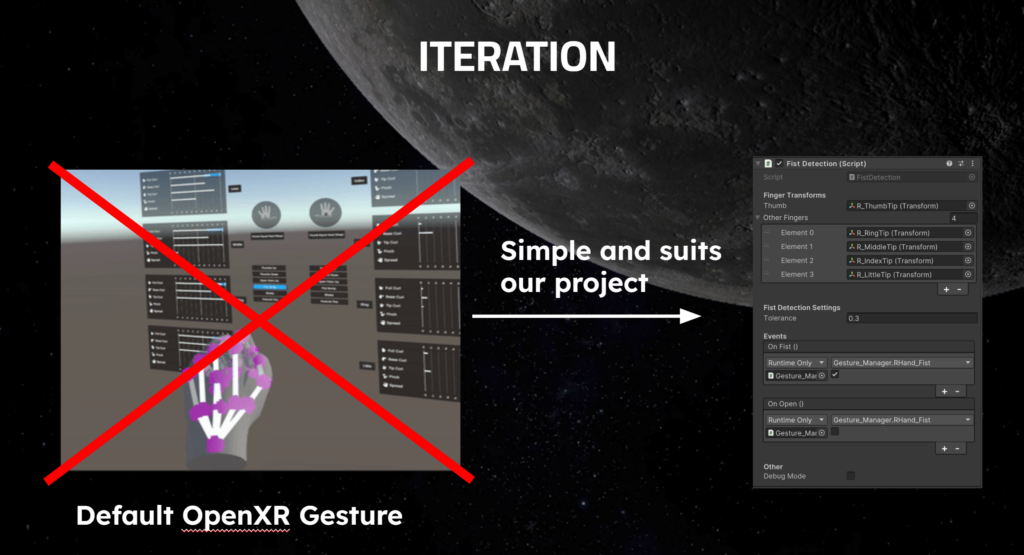
We also added voice-over guidance and sound and visual effects for the Griffin, as well as control enhancements to improve the gaming experience and responsiveness.
Middle School Visit

We are happy to see that the results of the post-game survey of middle school students are better than the playtest night.
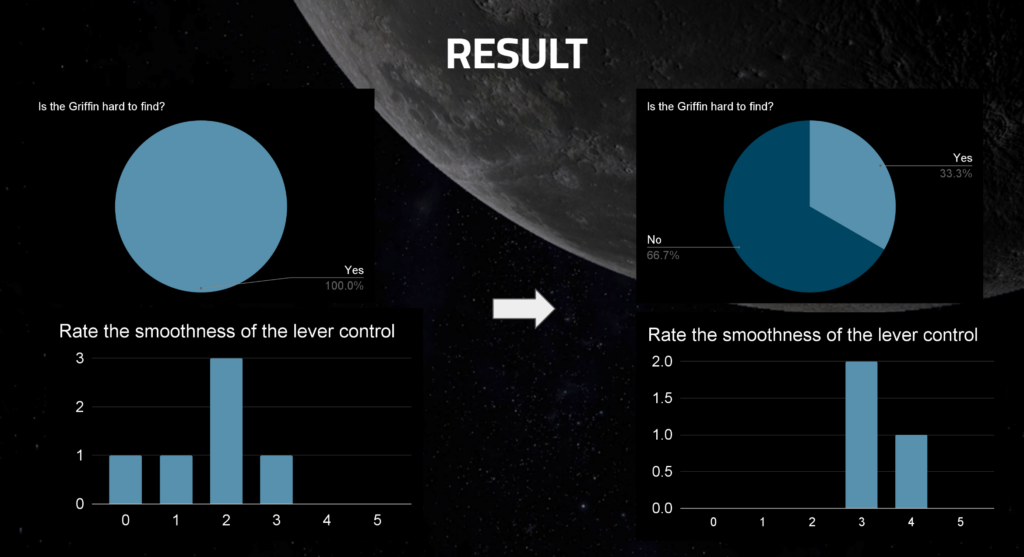
We will keep holding the playtest and make iterations to the game due to the feedbacks.
Future
In the future, we plan to reach out to the Physics department’s Middle School Outreach Programs to involve more middle school students in playtesting our game. Additionally, we intend to present our game to the Astroclub of CMU to gather feedback from professionals in the field.
The Exploring – Prototype
We also made the progress of having a prototype of the exploring.
The control of exploring is very similar to the Landing.
In addition to rover direction and speed control, we have incorporated move direction control and a spectrometer system. This allows players to change direction while moving and use the spectrometer to detect potential ice and water points.
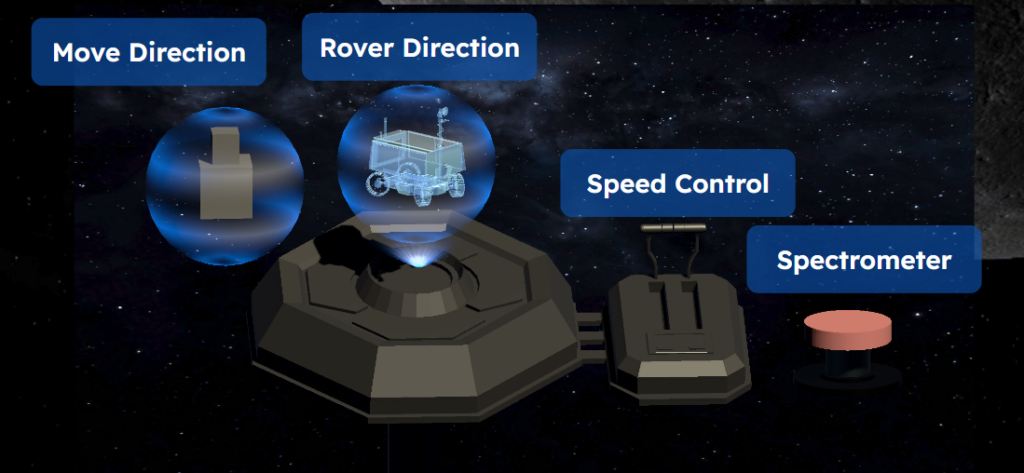
Furthermore, we have implemented a monitor screen displaying the first-person view of the VIPER rover. This screen will highlight potential ice areas that the player cannot see from an AI perspective.
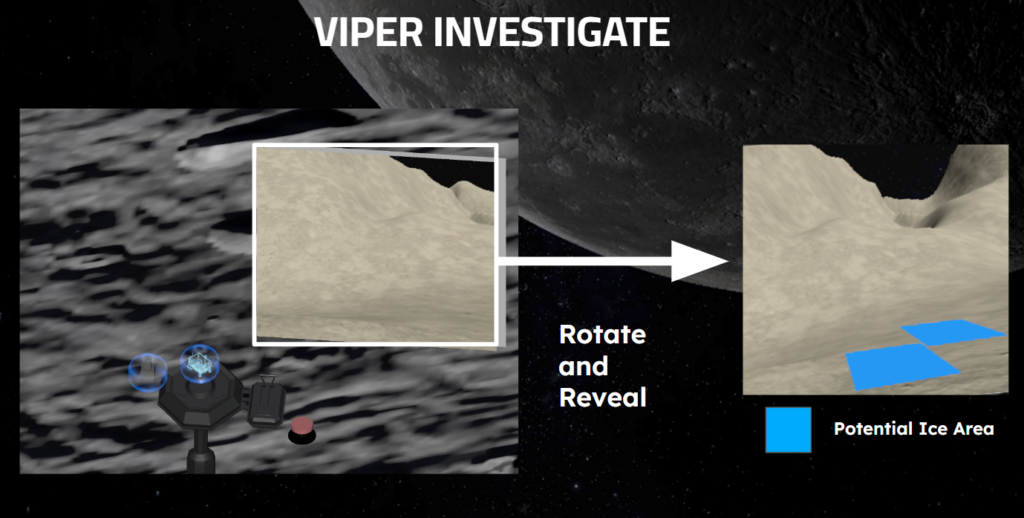
After clicking the Spectrometer button, a pop-up will display information indicating whether the area contains ice or water.
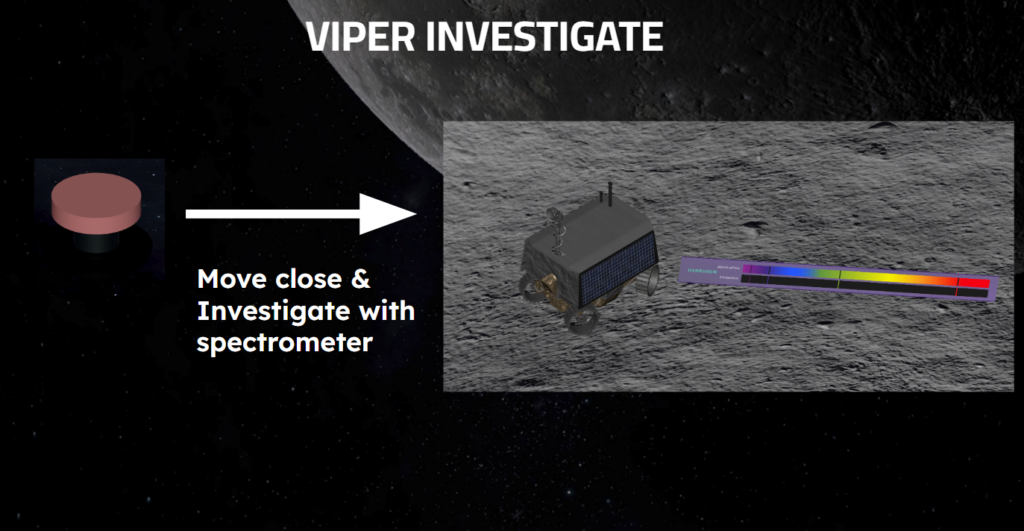
We will further develop and design the exploration.
Plans for Next Week
Next week, we are going to have the half presentation. We will prepare for it and update the new progress on the following blogs.
